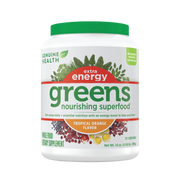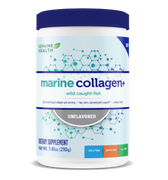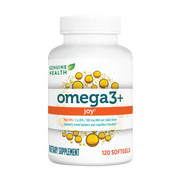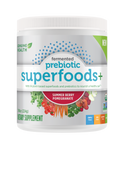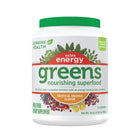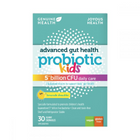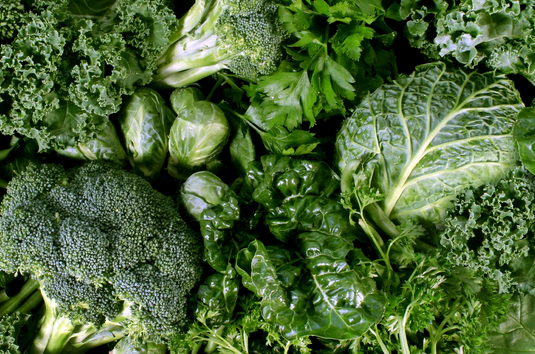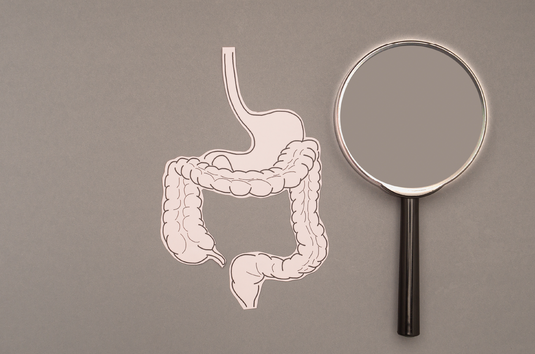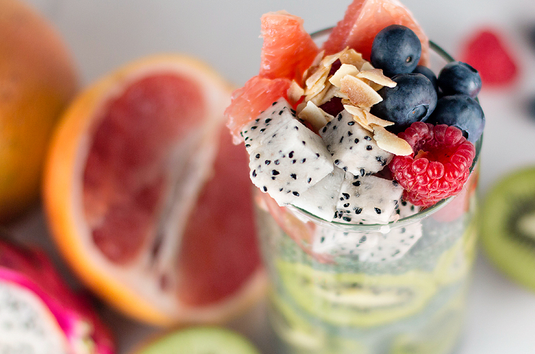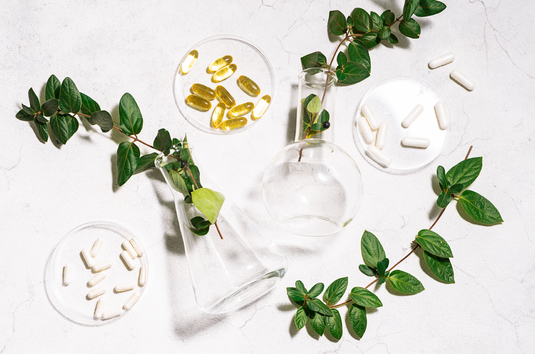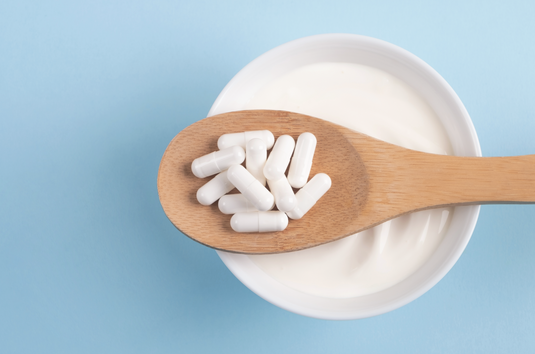Three Areas of Nutrition You Might Be Missing Out On
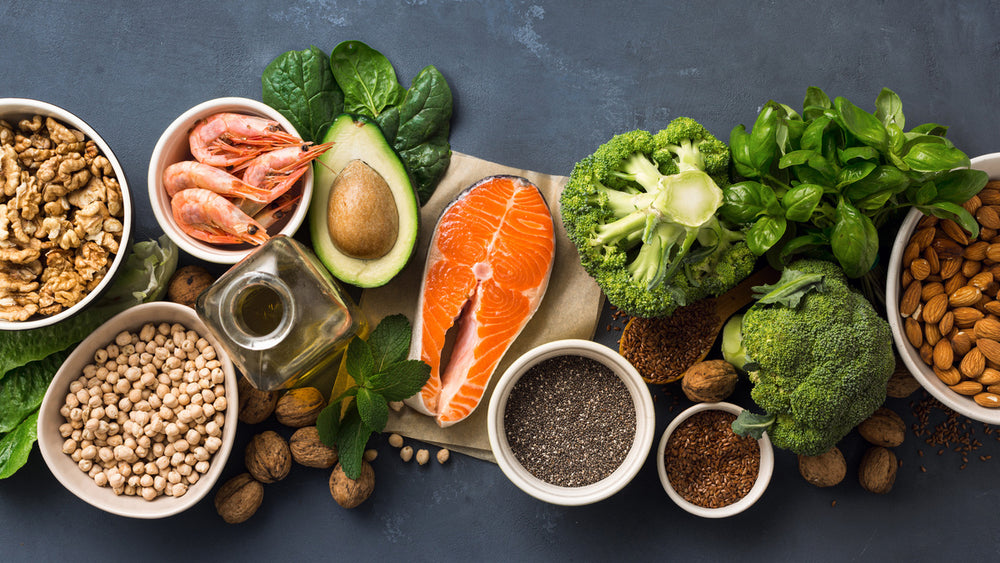
Trends in nutrition and dietary guidance for maintaining good health are constantly shifting, and it is a challenge to keep up and understand what information is based in truth and what “information” is based in opinion. Navigating the waves of information and advertising takes time, but don’t worry, we’re here to help!
When we think of nutrition and maintaining a balanced food and nutrient intake, we almost always are considering the macronutrients (think fats, carbohydrates and protein) and micronutrients (think vitamins and minerals). This is a great foundation for nutrition; dieting fads and seasonal trends aside, these basics don’t change.
In North America, it has become more and more accessible to balance your micro- and macronutrient intake. It’s important to remember that food security is still a prevalent issue and having the ability to make nutritional choices is a privilege that we should not take for granted.
With that said, more and more commonly accessible foods are fortified to ensure that micronutrient requirements are more easily met; a great example of this is vitamin fortification of many breakfast cereals, or folate fortification of flour! The more we learn about the importance of micronutrients, the more accessible they become, and thus decreasing the likelihood of deficiency.
Assuming we have the essentials covered, we turn to research to help us identify important nutritional compounds and how we can gain them from our diet. In recent years, we’ve seen an increase in information, especially in the gut health space. We find that time and time again, we circle back to plant nutrients, probiotics, and polyunsaturated fatty acids, specifically omegas, for their use in gut health as well as systemically. These are categories that are important for our physiological functions and unfortunately are not as easily obtained from dietary sources as we may think; luckily, it’s easy to add in a supplement to help fill in the gaps!
Plant foods are awesome, they have so much more to offer than simply micro and macronutrients. They also contain thousands of different bioactive compounds, commonly referred to as phytonutrients, that can provide physiological benefits through mechanisms such as fighting free radicals (think antioxidants), reducing inflammation and feeding your gut bacteria!
Diversity is KEY when we talk about phytonutrients—each unique compound has a special set of functions. In order to ensure we’re reaping the benefits of these nutrients, it’s important to ensure we are consuming a wide variety. As I’ve mentioned, colors are often indicative of a certain set of phytonutrients contained within a fruit or vegetable, this is why we like to underline the importance of “eating the rainbow”!
Between work, school, and all our other obligations, it’s harder than ever to take time to ensure that we’re getting all the necessary nutrients for us to thrive. When it gets busy, meal planning is easily one of the first tasks to push to the side—while convenient to do so, more often than not this deprives us from properly nourishing our bodies. It’s in times like these that a superfood supplement would be a beneficial add-in, to make sure we’re taking care of ourselves!
As we become more aware of the importance of caring for your gut and its systemic implications, we continue to search for ways to support and nurture our gut environments, also known as our gut microbiomes.
When we say “feed your gut,” we mean nourishing your bacteria—specifically the bacteria that lives and acts within your gastrointestinal tract. Your digestive system is directly connected with so many other parts within your body, including your immune system and your cognitive function, which is why it’s so important to take good care of it2!
At a glance, the market seems to be overwhelmingly saturated with probiotic-fortified foods and supplements! Sifting through which products will be efficacious within this category can be challenging. Here are a few things to keep your eye out for when looking at probiotics and probiotic foods:
We need probiotics now more than ever; stress, over-sanitization and eating habits are just a few ways your microbial balance can be disrupted. Keeping your eye out for a few key features, such as delayed-release capsules, packaging that minimizes oxygen and moisture exposure and formulations with multiple strains that can confer benefit will give you a great jumping-off point on your journey with probiotics!
When we think of omega 3s, we think of fish oil. The use of omegas in a supplemental form is not a new concept, and for good reason! Omega 3s are an important category of fatty acids, and are considered an essential nutrient. This means that we cannot create them within our bodies and we have to get them from our diets!
Of all the different types of omega 3s, alpha linoleic acid (ALA) is the most common and is the base for the bioactive molecules eicosapentaenoic acid (EPA) and docosahexaenoic acid (DHA). In your body, ALA can be converted into EPA and DHA, but is this enough to receive their therapeutic benefits?
It’s interesting to learn that overall in North America, we’re doing a fair job at consuming the recommended dose of ALA, but not adequate amounts of EPA and DHA7! Supplementing with omega-3s with high EPA and DHA content is an easy and effective way to supply these missing nutrients in a way that is sure to be safe and clean.
So, what does this mean for us? We need nutrients now more than ever before! All in all, I don’t want you to shy away from foods, but rather embrace them for what they have to offer! If (and when) there are times where we can’t get everything that we need from our food sources, whether it be due to a busy schedule or because of your taste for green apples and only green apples, it is comforting to know that you can lean on supplementation for that extra support.
References:
When we think of nutrition and maintaining a balanced food and nutrient intake, we almost always are considering the macronutrients (think fats, carbohydrates and protein) and micronutrients (think vitamins and minerals). This is a great foundation for nutrition; dieting fads and seasonal trends aside, these basics don’t change.
In North America, it has become more and more accessible to balance your micro- and macronutrient intake. It’s important to remember that food security is still a prevalent issue and having the ability to make nutritional choices is a privilege that we should not take for granted.
With that said, more and more commonly accessible foods are fortified to ensure that micronutrient requirements are more easily met; a great example of this is vitamin fortification of many breakfast cereals, or folate fortification of flour! The more we learn about the importance of micronutrients, the more accessible they become, and thus decreasing the likelihood of deficiency.
Assuming we have the essentials covered, we turn to research to help us identify important nutritional compounds and how we can gain them from our diet. In recent years, we’ve seen an increase in information, especially in the gut health space. We find that time and time again, we circle back to plant nutrients, probiotics, and polyunsaturated fatty acids, specifically omegas, for their use in gut health as well as systemically. These are categories that are important for our physiological functions and unfortunately are not as easily obtained from dietary sources as we may think; luckily, it’s easy to add in a supplement to help fill in the gaps!
Phytonutrients
Plant foods are awesome, they have so much more to offer than simply micro and macronutrients. They also contain thousands of different bioactive compounds, commonly referred to as phytonutrients, that can provide physiological benefits through mechanisms such as fighting free radicals (think antioxidants), reducing inflammation and feeding your gut bacteria!
- We're not eating enough plant foods, period. Time and time again, most of the population has low intake of fruits and vegetables, where all these phytonutrients are found4.
- We’re eating the same handful of fruits and veggies. When we do manage to sneak some fruits and veggies in, it’s often the same few options! I myself am partial to green apples and know how easy it is to get stuck in a rut.
- Plants are less nutritious now than they were before! Another important consideration when thinking of plant foods is the nutrient density within the plant itself. Not only do we already have low intakes of plant foods, but there has been research suggesting the decline of the nutritional composition of fruits and vegetables! Over the last 50-100 years in developed countries, the concentration of several nutrients has been on the decline, due to a range of factors including farming practices and soil fertility1. This can be hard to wrap your head around, especially considering that these plants are touted for their nutritional benefits!
Diversity is KEY when we talk about phytonutrients—each unique compound has a special set of functions. In order to ensure we’re reaping the benefits of these nutrients, it’s important to ensure we are consuming a wide variety. As I’ve mentioned, colors are often indicative of a certain set of phytonutrients contained within a fruit or vegetable, this is why we like to underline the importance of “eating the rainbow”!
Between work, school, and all our other obligations, it’s harder than ever to take time to ensure that we’re getting all the necessary nutrients for us to thrive. When it gets busy, meal planning is easily one of the first tasks to push to the side—while convenient to do so, more often than not this deprives us from properly nourishing our bodies. It’s in times like these that a superfood supplement would be a beneficial add-in, to make sure we’re taking care of ourselves!
Probiotics
As we become more aware of the importance of caring for your gut and its systemic implications, we continue to search for ways to support and nurture our gut environments, also known as our gut microbiomes.
When we say “feed your gut,” we mean nourishing your bacteria—specifically the bacteria that lives and acts within your gastrointestinal tract. Your digestive system is directly connected with so many other parts within your body, including your immune system and your cognitive function, which is why it’s so important to take good care of it2!
At a glance, the market seems to be overwhelmingly saturated with probiotic-fortified foods and supplements! Sifting through which products will be efficacious within this category can be challenging. Here are a few things to keep your eye out for when looking at probiotics and probiotic foods:
- Are the probiotics standardized? Often times probiotic-containing foods like yogurt don’t standardize the probiotic content – the CFU’s (colony forming units) and strains of bacteria that are used! If we don’t know what species of bacteria are used, we can’t say whether they’ll be beneficial for us.
- Are you getting a therapeutic dose? When defining the word “probiotic,” the official definition according to the International Scientific Association for Probiotics and Prebiotics calls out that the quantity of bacteria is important and is required to have a therapeutic benefit5. A high dosage of probiotics in a balance that will be beneficial to you is something that should be seriously considered when looking at supplementation.
- Do probiotics even arrive alive in your gut? Delivery mechanisms are not something to be overlooked when talking about probiotics. You want to find a probiotic that will ensure targeted delivery to your intestines, where the majority of your bacteria live.
We need probiotics now more than ever; stress, over-sanitization and eating habits are just a few ways your microbial balance can be disrupted. Keeping your eye out for a few key features, such as delayed-release capsules, packaging that minimizes oxygen and moisture exposure and formulations with multiple strains that can confer benefit will give you a great jumping-off point on your journey with probiotics!
Omegas
When we think of omega 3s, we think of fish oil. The use of omegas in a supplemental form is not a new concept, and for good reason! Omega 3s are an important category of fatty acids, and are considered an essential nutrient. This means that we cannot create them within our bodies and we have to get them from our diets!
Of all the different types of omega 3s, alpha linoleic acid (ALA) is the most common and is the base for the bioactive molecules eicosapentaenoic acid (EPA) and docosahexaenoic acid (DHA). In your body, ALA can be converted into EPA and DHA, but is this enough to receive their therapeutic benefits?
- It’s HARD to convert omega 3s into its bioactive forms in our bodies! It’s important to note that while ALA can be converted in your body to EPA and DHA, the rate at which ALA is converted to its bioactive forms is very low! As little as 5% of ALA is converted to EPA and a further 0.5% converted to DHA8. As a result, EPA and DHA are considered “conditionally essential fatty acids” meaning that it is necessary to obtain these bioactive molecules from your diet rather than counting on them being produced by your body.
- Purity can be a concern! It’s not new news that fish have a bad rap for contamination. At the same time, it’s recommended that for the general population, we should be consuming about 150g of fish per week to ensure we’re getting enough omegas3. There’s a lot of good resources out there to help navigate the waters (pun intended!), and supplementing is also a great option3!
- The ratio of bioactive omegas can support different health goals. EPA and DHA are well-known for their physiological benefits, ranging from anti-inflammatory actions to cardiovascular health to the all-important gut health—different ratios of EPA & DHA can be used to help achieve different health goals6!
It’s interesting to learn that overall in North America, we’re doing a fair job at consuming the recommended dose of ALA, but not adequate amounts of EPA and DHA7! Supplementing with omega-3s with high EPA and DHA content is an easy and effective way to supply these missing nutrients in a way that is sure to be safe and clean.
So, what does this mean for us? We need nutrients now more than ever before! All in all, I don’t want you to shy away from foods, but rather embrace them for what they have to offer! If (and when) there are times where we can’t get everything that we need from our food sources, whether it be due to a busy schedule or because of your taste for green apples and only green apples, it is comforting to know that you can lean on supplementation for that extra support.
References:
- Davis, D. R. (2009). Declining Fruit and Vegetable Nutrient Composition: What Is the Evidence? J Am Soc Hortic Sci, 44(1), 15-19. 21273/HORTSCI.44.1.15
- Durack, J. and Lynch, S. V. (2019). The gut microbiome: Relationship with disease and opportunities for therapy. J Exp Med, 216(1), 20-40. 1084/jem.20180448
- Health Canada. (2019). Consumption Advice: Making Informed Choices about Fish. Minister of Health Canada
- Health Canada. (2016). Evidence Review for dietary Guidance: Summary of Results and Implications for Canada’s Food Guide. Minister of Health Canada.
- Hill, C. et al. (2014). Expert consensus document. The International Scientific Association for Probiotics and Prebiotics consensus statement on the scope and appropriate use of the term probiotic. Nat Rev Gastroenterol Hepatol, 11(8), 506-514. 1038/nrgastro.2014.66
- Russel, F. D. & Burgin-Maunder, C. S. (2012). Distinguishing Health Benefits of Eicosapentaenoic and Docosahexaenoic Acids. Mar Drugs, 10(11), 2535-2559. 3390/md10112535
- Sheppard, K. W., & Cheatham, C. L. (2018). Omega-6/omega-3 fatty acid intake of children and older adults in the U.S.: dietary intake in comparison to current dietary recommendations and the Healthy Eating Index. Lipids Health Dis, 17(1). 1186/s12944-018-0693-9
- Welch, A. et al. (2010). Dietary intake and status of n–3 polyunsaturated fatty acids in a population of fish-eating and non-fish-eating meat-eaters, vegetarians, and vegans and the precursor-product ratio of α-linolenic acid to long-chain n–3 polyunsaturated fatty acids: results from the EPIC-Norfolk cohort. Am J Clin Nutr, 92(5), 1040-1051. 3945/ajcn.2010.29457



